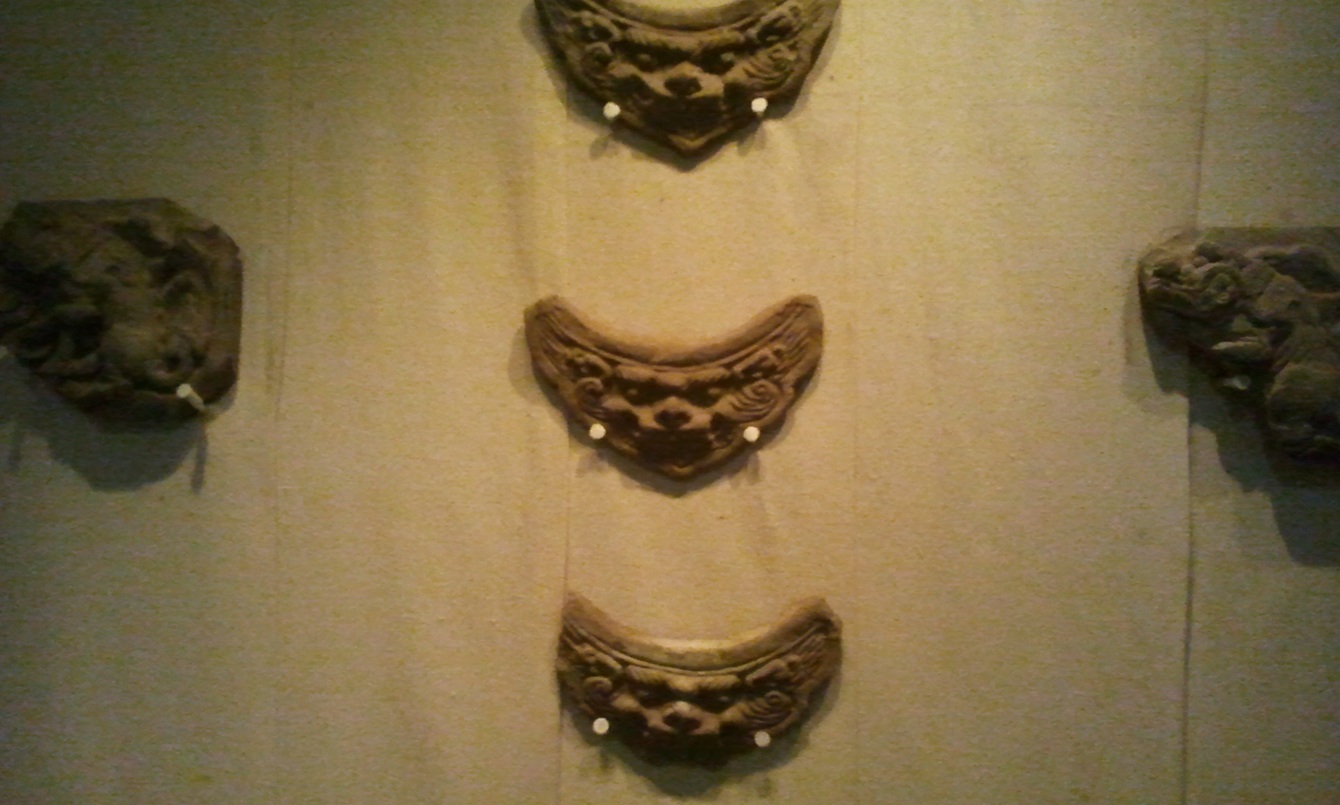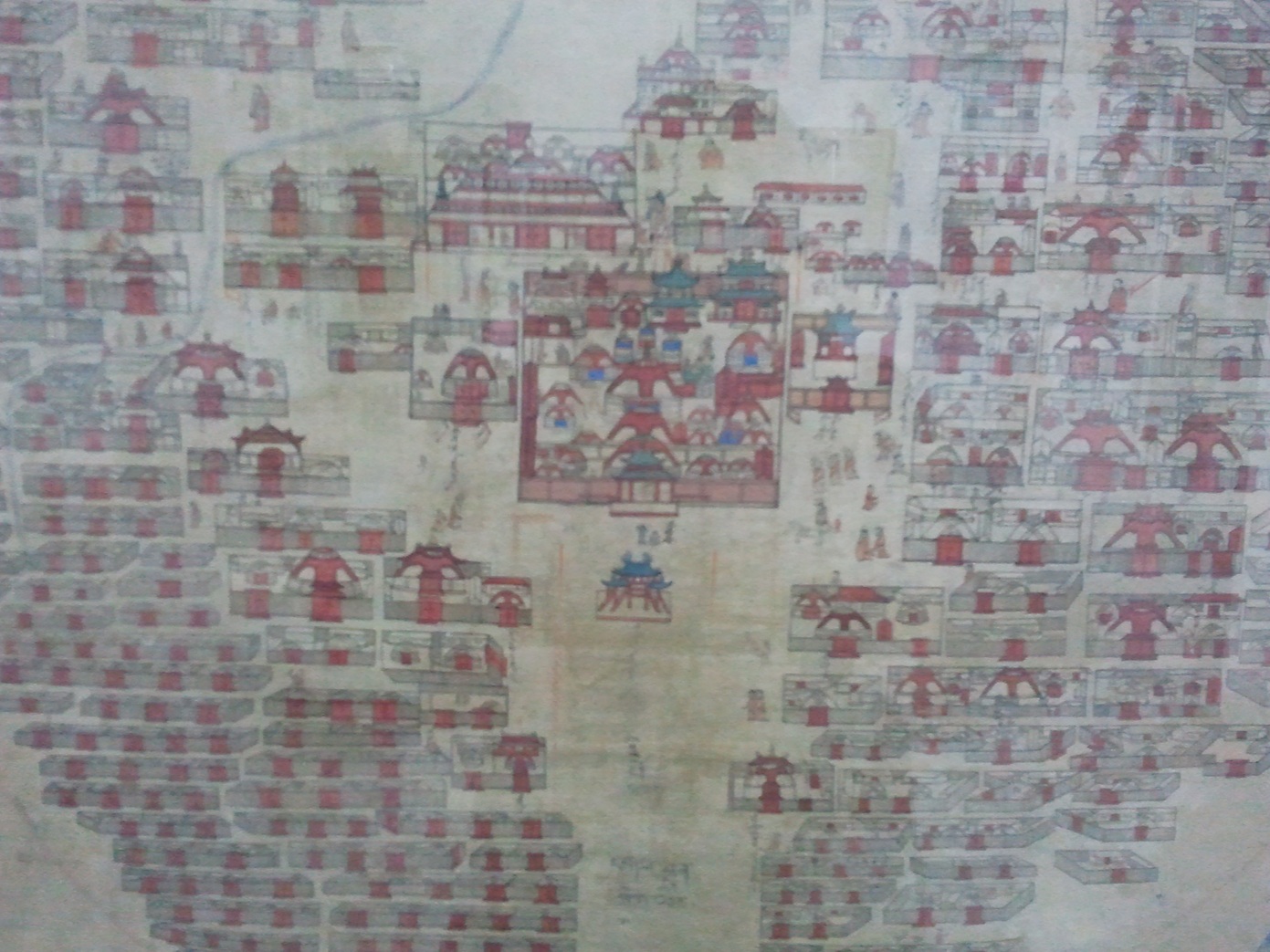|
Ulaanbaatar Tram
The Ulaanbaatar Tram () is a planned tram in Ulaanbaatar, Mongolia. History In 2025, the project is on the research, feasibility study and design development stage. It is expected to be completed by 2030. Routes The tram will have two lines. The first line will run from Nisekh Roundabout to Sükhbaatar Square passing through Yarmag Road and Peace Bridge (Mongolia), Peace Bridge. The second line will run from Sükhbaatar Square to Zunjin Shopping Center for 20.4 km with 23 stations. See also * Ulaanbaatar Metro References Buildings and structures under construction in Mongolia Rail infrastructure in Mongolia Tram transport Transport in Ulaanbaatar {{tram-stub ... [...More Info...] [...Related Items...] OR: [Wikipedia] [Google] [Baidu] |
Ulaanbaatar
Ulaanbaatar is the Capital (political), capital and List of cities in Mongolia, most populous city of Mongolia. It has a population of 1.6 million, and it is the coldest capital city in the world by average yearly temperature. The municipality is located in north central Mongolia at an elevation of about in a valley on the Tuul River. The city was founded in 1639 as a nomadic Buddhist monasticism, Buddhist monastic centre, changing location 29 times, and was permanently settled at its modern location in 1778. During its early years, as Örgöö (anglicized as Urga), it became Mongolia under Qing rule, Mongolia's preeminent religious centre and seat of the Jebtsundamba Khutuktu, the spiritual head of the Gelug lineage of Tibetan Buddhism in Mongolia. Following the regulation of Kyakhta trade, Qing-Russian trade by the Treaty of Kyakhta (1727), Treaty of Kyakhta in 1727, a caravan route between Beijing and Kyakhta opened up, along which the city was eventually settled. With ... [...More Info...] [...Related Items...] OR: [Wikipedia] [Google] [Baidu] |
Mongolia
Mongolia is a landlocked country in East Asia, bordered by Russia to the north and China to the south and southeast. It covers an area of , with a population of 3.5 million, making it the world's List of countries and dependencies by population density, most sparsely populated sovereign state. Mongolia is the world's largest landlocked country that does not border an Endorheic basin, inland sea, and much of its area is covered by grassy steppe, with mountains to the north and west and the Gobi Desert to the south. Ulaanbaatar, the capital and List of cities in Mongolia, largest city, is home to roughly half of the country's population. The territory of modern-day Mongolia has been ruled by various nomadic empires, including the Xiongnu, the Xianbei, the Rouran, the First Turkic Khaganate, the Second Turkic Khaganate, the Uyghur Khaganate and others. In 1206, Genghis Khan founded the Mongol Empire, which became the largest List of largest empires, contiguous land empire i ... [...More Info...] [...Related Items...] OR: [Wikipedia] [Google] [Baidu] |
Tram
A tram (also known as a streetcar or trolley in Canada and the United States) is an urban rail transit in which Rolling stock, vehicles, whether individual railcars or multiple-unit trains, run on tramway tracks on urban public streets; some include segments on segregated Right-of-way (property access), right-of-way. The tramlines or tram networks operated as public transport are called tramways or simply trams/streetcars. Because of their close similarities, trams are commonly included in the wider term ''light rail'', which also includes systems separated from other traffic. Tram vehicles are usually lighter and shorter than Main line (railway), main line and rapid transit trains. Most trams use electrical power, usually fed by a Pantograph (transport), pantograph sliding on an overhead line; older systems may use a trolley pole or a bow collector. In some cases, a contact shoe on a third rail is used. If necessary, they may have dual power systems—electricity in city stre ... [...More Info...] [...Related Items...] OR: [Wikipedia] [Google] [Baidu] |
Sükhbaatar Square
Sükhbaatar Square (, ''Sükhbaataryn talbai'') is the central square of Ulaanbaatar, the capital of Mongolia. The square was named for Mongolian revolutionary hero Damdin Sükhbaatar after his death in 1923, and features a monumental equestrian statue of him in its center. The Government Palace is located to the north of the square, and has a large colonnade monument containing statues of Genghis Khan in the centre, with Ögedei Khan and Kublai Khan to the left and right. The central statue of Genghis Khan is flanked by Bo'orchu and Muqali. The square's name was changed to Chinggis Square (, pronounced ''Chinggisiin Talbai'') in 2013 in honor of Genghis Khan, but the original name was restored in 2016. Buildings Government Palace (built in 1951 on the spot formally occupied by the national theater or "Green Domed Theater") dominates the north side of the square. It is fronted by a large colonnade monument to Genghis Khan, Ögedei Khan, and Kublai Khan, completed in 2006 in ... [...More Info...] [...Related Items...] OR: [Wikipedia] [Google] [Baidu] |
Peace Bridge (Mongolia)
Peace Bridge () is a bridge in the city centre of Ulaanbaatar, Mongolia, with technical and financial assistance from China. History The construction of the bridge was completed in 1963. Due to lack of maintenance over the years, the bridge became unsafe for use. In May 2006, the bridge was to undergo a complete overhaul that would take five months. The cost of the overhaul, approximately RMB The renminbi ( ; symbol: ¥; ISO code: CNY; abbreviation: RMB), also known as the Chinese yuan, is the official currency of the People's Republic of China. The renminbi is issued by the People's Bank of China, the monetary authority of Chin ... 19 million, was to be provided by China. As of 2012 the bridge was in operation. Technical specifications The bridge has a length of 379 meters. References Buildings and structures in Ulaanbaatar Bridges completed in 1963 China–Mongolia relations Road bridges in Mongolia {{Asia-bridge-struct-stub ... [...More Info...] [...Related Items...] OR: [Wikipedia] [Google] [Baidu] |
Ulaanbaatar Metro
Ulaanbaatar Metro () is a rapid transit system in the planning stages in Ulaanbaatar, Mongolia. The Ulaanbaatar Metro project was approved in 2012, and construction was originally planned to be completed by 2020, however, it is still not open. However, in December 2023, it has been announced that in June 2024, there would be an opening ceremony and the construction of the metro would be completed in 2027 and the metro will be put into operation in 2028. History Initial planning The exact date of the initial studies on the project is unknown. Serious planning began in the early 2000s, when the city's population surpassed one million. In 2010, the population of Ulaanbaatar was 1,240,037 inhabitants and is increasing by nearly 100,000 people a year. The transport problem is exacerbated by the harsh climate and long winters. Traffic movement is difficult because of congestion, and the air is heavily polluted by exhaust fumes. The decision was made at the end of 2011 to begin co ... [...More Info...] [...Related Items...] OR: [Wikipedia] [Google] [Baidu] |
Buildings And Structures Under Construction In Mongolia
A building or edifice is an enclosed structure with a roof, walls and windows, usually standing permanently in one place, such as a house or factory. Buildings come in a variety of sizes, shapes, and functions, and have been adapted throughout history for numerous factors, from building materials available, to weather conditions, land prices, ground conditions, specific uses, prestige, and aesthetic reasons. To better understand the concept, see ''Nonbuilding structure'' for contrast. Buildings serve several societal needs – occupancy, primarily as shelter from weather, security, living space, privacy, to store belongings, and to comfortably live and work. A building as a shelter represents a physical separation of the human habitat (a place of comfort and safety) from the ''outside'' (a place that may be harsh and harmful at times). buildings have been objects or canvasses of much artistic expression. In recent years, interest in sustainable planning and building practi ... [...More Info...] [...Related Items...] OR: [Wikipedia] [Google] [Baidu] |
Rail Infrastructure In Mongolia
Rail or rails may refer to: Rail transport *Rail transport and related matters *Railway track or railway lines, the running surface of a railway Arts and media Film * ''Rails'' (film), a 1929 Italian film by Mario Camerini * ''Rail'' (1967 film), a film by Geoffrey Jones for British Transport Films * ''Rail'' (2024 film), a Tamil-language film Magazines * ''Rail'' (magazine), a British rail transport periodical * ''Rails'' (magazine), a former New Zealand based rail transport periodical Other arts *The Rails, a British folk-rock band * Rail (theater) or batten, a pipe from which lighting, scenery, or curtains are hung Technology *Rails framework or Ruby on Rails, a web application framework *Rail system (firearms), a mounting system for firearm attachments *Front engine dragster *Runway alignment indicator lights, a configuration of an approach lighting system *Rule Augmented Interconnect Layout, a specification for expressing guidelines for printed circuit boards; companion ... [...More Info...] [...Related Items...] OR: [Wikipedia] [Google] [Baidu] |
Tram Transport
A tram (also known as a streetcar or trolley in Canada and the United States) is an urban rail transit in which Rolling stock, vehicles, whether individual railcars or multiple-unit trains, run on tramway tracks on urban public streets; some include segments on segregated Right-of-way (property access), right-of-way. The tramlines or tram networks operated as public transport are called tramways or simply trams/streetcars. Because of their close similarities, trams are commonly included in the wider term ''light rail'', which also includes systems separated from other traffic. Tram vehicles are usually lighter and shorter than Main line (railway), main line and rapid transit trains. Most trams use electrical power, usually fed by a Pantograph (transport), pantograph sliding on an overhead line; older systems may use a trolley pole or a bow collector. In some cases, a contact shoe on a third rail is used. If necessary, they may have dual power systems—electricity in city stre ... [...More Info...] [...Related Items...] OR: [Wikipedia] [Google] [Baidu] |





